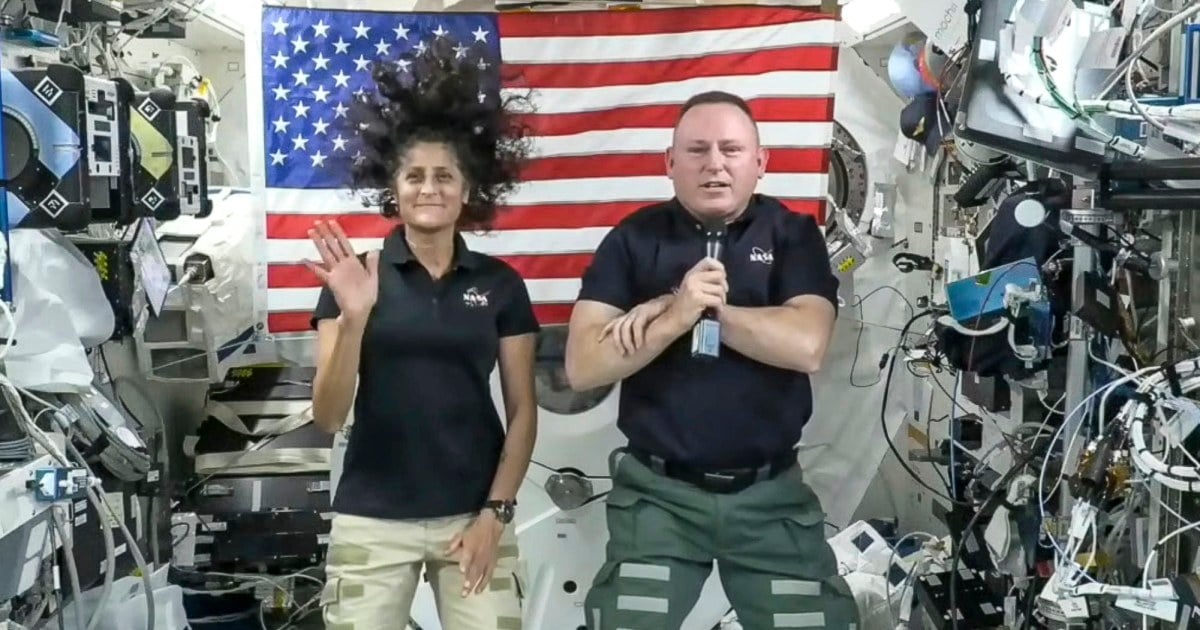The first crewed voyage of Boeing’s Starliner was supposed to last around a week, but the high-stakes mission is still in limbo eight weeks after launch.
Their high-stakes mission was supposed to last about a week — but 56 days later, two NASA astronauts are still aboard the International Space Station, waiting as teams on the ground try to figure out how to bring them home safely in the Boeing spaceship they rode to orbit.
The beleaguered Starliner capsule has two problems: its propulsion system is leaking helium and five of its thrusters malfunctioned as it was docking with the space station. Mission managers were aware of the leaks before the vehicle lifted off but had said they were unlikely to affect the flight or the astronauts’ safety.



Well, there are a whole lot of sensors and monitors on all of the hardware in that capsule, and all that data gets collected. So they can tell a lot about what’s going on with the capsule even remotely. But it’s still a lot of data to dig through and analyze.
And then once you identify the problem it’s like… “well the temperature on component X went way past its lower limit and one section of the fuel line went way over pressure and this third sensor isn’t responding at all”, so… now you know some things, but that might not immediately tell you what exactly happened, or why it happened. And then once you figure out why it all happened, there’s trying to figure out how to prevent it reliably without introducing new problems.
And I think you’re right that it is actually pretty hard for the engineers to do all that without physically being there. I wouldn’t be surprised if a lot of the slowdown is due to needing to replicate the problem in simulations or physical mockups down on earth.